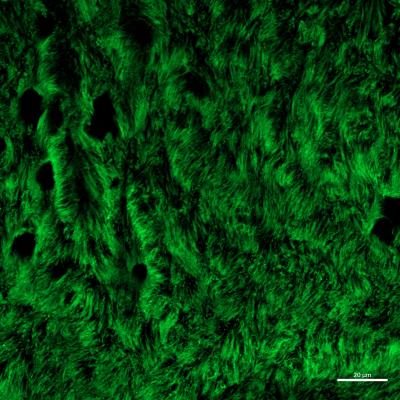Labratory-grown airway cells could boost research into respiratory viruses including the coronavirus, minimising animal testing and fast-tracking drugs for human trials, Geelong scientists have discovered.
Researchers at Newcomb’s Australian Centre for Disease Preparedness found that lab-grown cells taken from the airway to the lungs reliably mimic a person’s airway response to viruses.
The finding could speed up testing for antiviral treatments to get them to human trials faster, lead author Elizabeth Pharo said.
“Clinical trials for new therapeutics can take significant time and money to establish, only for researchers to frequently discover that the treatment doesn’t work in people,” Dr Pharo explained.
“This way we can ‘fast fail’ antivirals before they get to the clinical trial stage, helping streamline the more promising ones through to human testing.”
Researchers could potentially use the airway model to screen up to 100 antiviral compounds in three months, Dr Pharo said.
CSIRO is exploring ways to further accelerate this, including robotic technology.
The model cannot be used to study more complex immune responses required to evaluate vaccine candidates.
But Dr Pharo said Geelong scientists were using the model to examine how the coronavirus (SARS-CoV-2) infected and damaged healthy cells compared to cells from donors with asthma, lung disease or diabetes.
“It’s hoped this work will help improve our understanding of how COVID-19 may affect people with pre-existing lung conditions.”
When scientists infected the cells with the 2009 pandemic H1N1 influenza virus, the cells had the same innate immune response as in a live person’s airway, Dr Pharo explained.
“For many respiratory diseases such as COVID-19, the airways act as the ‘first responders’ to inhaled pathogens.”
Geelong scientists conducted the study at CSIRO’s high-containment facility in Newcomb using donated human airway cells.
Researchers cultured the cells as they developed into the types found in human airways.
These included goblet and club cells that secrete mucus to absorb inhaled foreign matter, and ciliated cells with hair-like structures that move particles and microbes away from the lungs.









